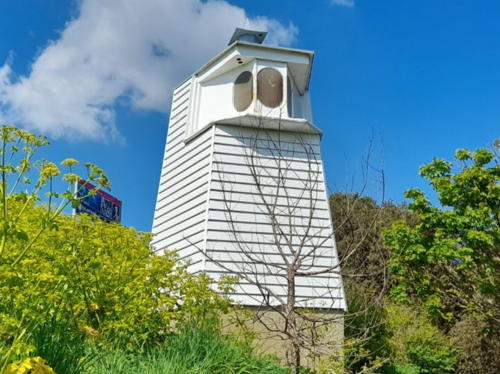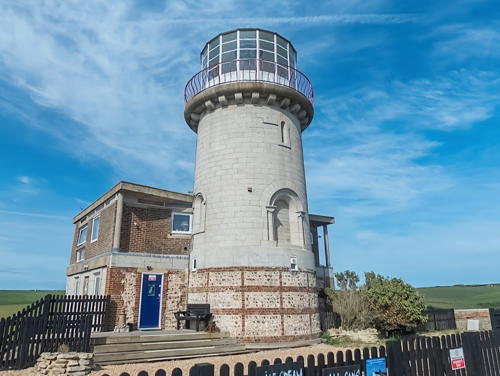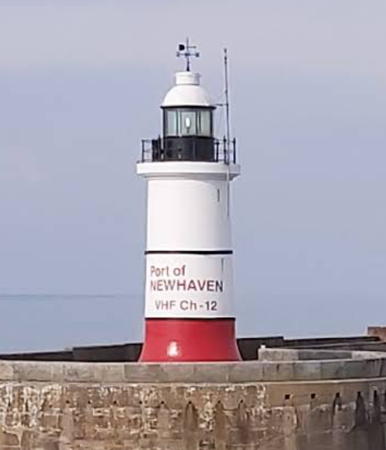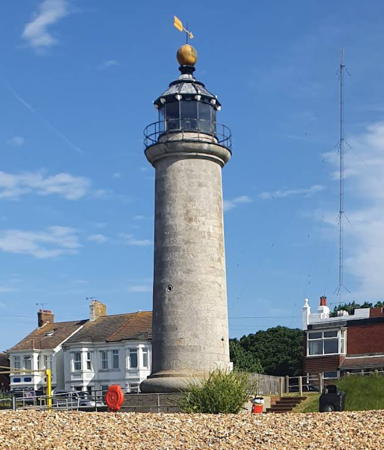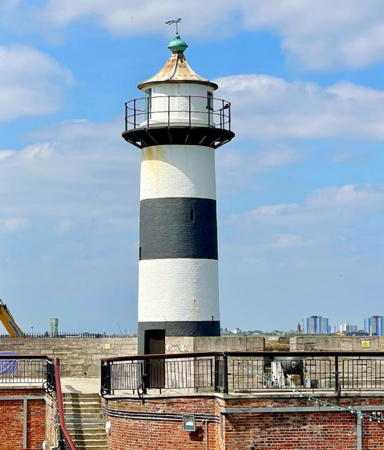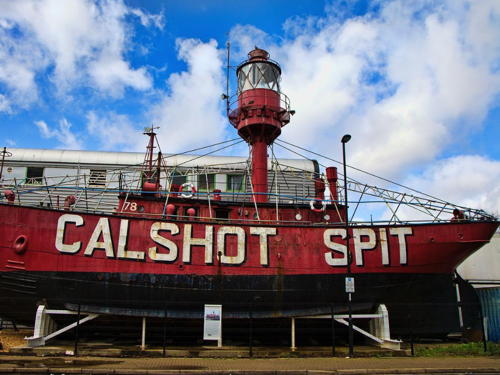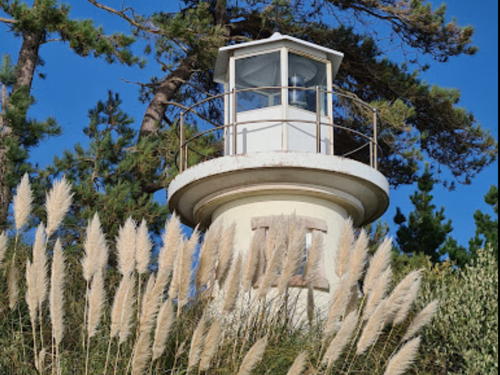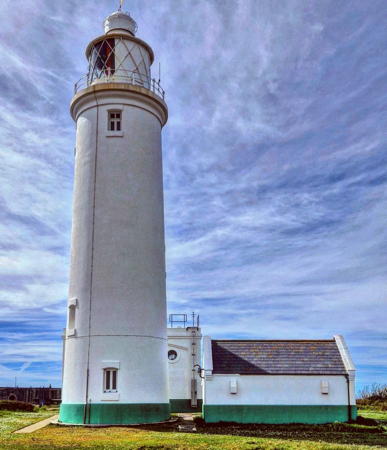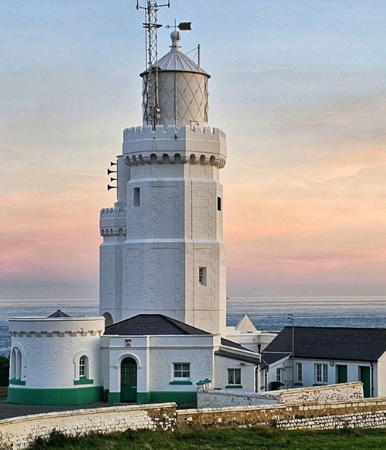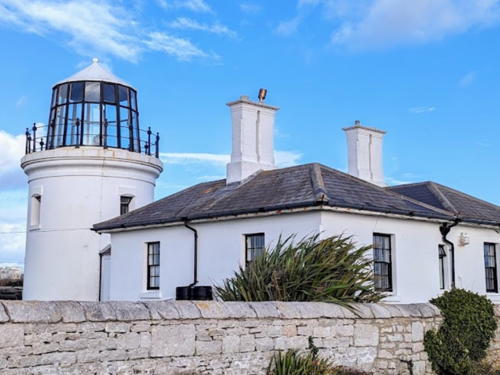The United Kingdom (officially the United Kingdom of Great Britain and Northern Ireland) includes England, Scotland, Wales, and Northern Ireland. England is the largest and most populous of the four, occupying more than 62% of the island of Great Britain and with a population of more than 56 million. Separated from the European mainland by the North Sea on the east and the English Channel on the south, it also has coasts facing the Celtic Sea on the southwest and the Irish Sea on the northwest.
Historically England was divided into 39 counties. The Directory pages are organized by the modern division of England into 48 "ceremonial" counties, also called lieutenancy areas because each one has a Lord Lieutenant representing the monarch in that area. For local government the ceremonial counties are subdivided in various ways into council areas.
This page includes lighthouses along the central south coast in the counties of East Sussex, West Sussex, Hampshire, Isle of Wight, and Dorset. This coastline, facing the English Channel, features several of the oldest and most famous light stations in the world. Southampton is the most important port on this coast, but there are many smaller ports.
Lighthouses of Cornwall and Devon are on the Southwest England page, and lighthouses of Kent are on the Southeastern England page.
The English system of lighthouse administration is decentralized, with the major towers under the management of Trinity House (a corporation chartered by the Crown) and smaller towers generally under the control of local port authorities. This system has generally assisted lighthouse preservation, and so has the British custom of building very sturdy stone lighthouses at most of the stations. Most of the onshore lighthouses are accessible to visitors and several of them are major tourist attractions.
These are among the very first lighthouses in Volume A of the Admiralty List of Lights & Fog Signals. ARLHS numbers are from the ARLHS World List of Lights. U.S. NGA numbers are from Publication 114.
- General Sources
Trinity House - Chartered by Henry VIII in 1514 as a charitable organization, Trinity House has built and operated lighthouses in Britain since 1609.
- Photographers Resource - Lighthouses
- A comprehensive guide to British lighthouses, with multiple photos and historical notes for many of the light stations.
- Lighthouses in England
- Photos available from Wikimedia; many of these photos were first posted on Geograph.org.uk.
- Online List of Lights - England - Dover Strait and South Coast
- Photos of lighthouses and minor aids to navigation posted by Alexander Trabas.
- United Kingdom Lighthouses
- Aerial photos posted by Marinas.com.
- Leuchttürme.net - Kent, Sussex Counties
- Photos posted by Malte Werning; Hampshire lighthouses are also included in this collection.
- Britische Leuchttürme auf historischen Postkarten
- Historic postcard images posted by Klaus Huelse.
- Association of Lighthouse Keepers
- Founded by serving and retired keepers, this lighthouse association is open to everyone.
- GPSNautical Charts
- Navigation charts for the English Channel.

1906 Portland Bill Light, Portland, September 2023
Instagram photo by Janet Comer
